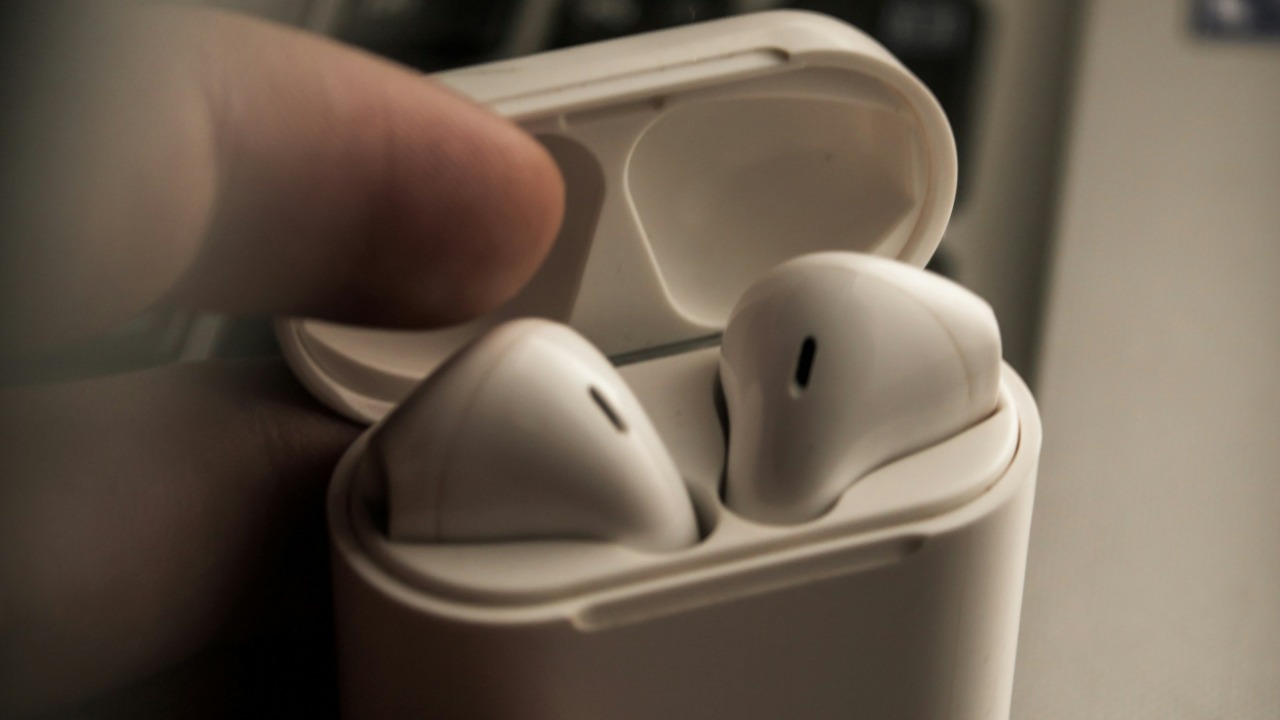
Apple’s AirPods are a marvel of compact audio engineering, delivering expansive sound through innovative design choices. These tiny earbuds, coupled with Apple’s ecosystem tools like GarageBand, have revolutionized personal listening and music production, transforming it into an immersive experience.
The Core Architecture of AirPods
The beamforming microphone array in AirPods is a key component that enhances audio quality. This technology uses multiple microphones to focus on the user’s voice while suppressing background noise, providing a clear and crisp audio experience. The H1 or H2 chip plays a crucial role in seamless device switching and low-latency audio processing, enabling instant pairing across Apple products. This chip is a testament to Apple’s commitment to providing a seamless user experience, as detailed in recent analyses.
The acoustic design of the AirPods is another noteworthy feature. Custom drivers optimize bass response in a miniature form factor, supported by innovative vibration damping techniques. This design ensures that despite their small size, the AirPods deliver a powerful and immersive sound experience.
Adaptive Audio Technologies
Active Noise Cancellation (ANC) is a standout feature in the AirPods. By using outward- and inward-facing microphones, the AirPods generate anti-phase sound waves to cancel out ambient noise. This technology allows users to enjoy their music without any distractions. Another adaptive audio technology is the Transparency mode, which blends ambient sounds with playback to maintain awareness. This feature relies on real-time audio passthrough algorithms, providing a balanced audio experience that keeps users connected to their surroundings.
Spatial Audio with dynamic head tracking is another innovative feature of the AirPods. By leveraging gyroscopes and accelerometers, the AirPods create a 3D soundstage that simulates surround sound. This technology provides an immersive audio experience, making it feel like the sound is coming from all around you.
Integration with Apple’s Ecosystem
Integration with Siri allows for hands-free control of the AirPods. This feature is powered by on-device machine learning that processes voice commands without the need for cloud dependency. This seamless integration enhances the user experience, making it easier to control playback and other functions.
Battery life is another crucial aspect of the AirPods. The system reports up to 6 hours of playback per charge, and the charging case provides additional charges for more than 24 hours of listening time. Furthermore, the AirPods connect via Bluetooth 5.0 with proprietary enhancements for stable, low-power transmission between the earbuds and iOS devices.
Influence from Music Creation Tools
The sound profile of the AirPods is influenced by GarageBand’s legacy in modern music. As highlighted in a 2019 feature, GarageBand’s virtual instruments and effects have defined hit tracks, and the AirPods’ tuning complements these productions, ensuring high-fidelity playback.
GarageBand sessions are often mixed and tested directly through AirPods. This workflow allows creators to ensure a balanced frequency response, resulting in high-quality music that sounds great on any device.
Manufacturing and Material Innovations
The use of rare earth magnets in the AirPods’ drivers allows for efficient sound production in a lightweight shell. The stem design of the AirPods ensures an ergonomic fit and easy control accessibility. Anodized aluminum is used for durability, ensuring that the AirPods can withstand daily wear and tear.
Apple’s commitment to sustainability is evident in the AirPods. Recycled content is used in the packaging and components, aligning with Apple’s environmental goals and commitment to reducing its carbon footprint.
Future Evolutions in AirPod Design
Looking ahead, we can anticipate advancements in health features in the AirPods. For instance, hearing aid capabilities have been introduced in recent models, building on existing sensor technology. There’s also potential for lossless audio support over wireless, which would extend the promise of “bigger sound” through codec improvements.
Apple is known for its iterative updates based on user feedback. As such, we can expect future versions of the AirPods to maintain the balance of portability and audio immersion, while introducing new features and improvements to enhance the user experience.
More from MorningOverview